
| Product name | Brand | Price | ||
|---|---|---|---|---|
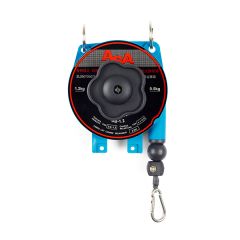
|
Tool balancer 0.5-1.2 kg | ASA |
£40.00
(£48.00
inc VAT)
|
£40.00
(£48.00
inc VAT)
|

|
Tool balancer 1.0-2.0 kg | ASA |
£45.00
(£54.00
inc VAT)
|
£45.00
(£54.00
inc VAT)
|
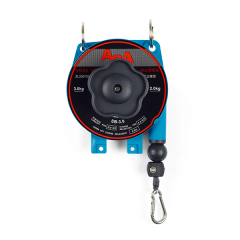
|
Tool balancer 2.0-3.0 kg | ASA |
£50.00
(£60.00
inc VAT)
|
£50.00
(£60.00
inc VAT)
|
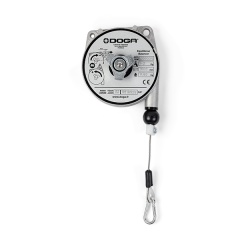
|
DOGA Tool Balancer - 2.5-4.0 kg | 1.0m Cable | Doga |
£46.00
(£55.20
inc VAT)
|
£46.00
(£55.20
inc VAT)
|
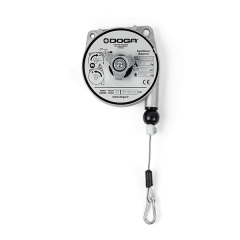
|
DOGA Tool Balancer - 0.4-1.0 kg | 1.6m Cable | Doga |
£34.00
(£40.80
inc VAT)
|
£34.00
(£40.80
inc VAT)
|

|
DOGA Tool Balancer - 1.0-2.0 kg | 1.6m Cable | Doga |
£38.00
(£45.60
inc VAT)
|
£38.00
(£45.60
inc VAT)
|

|
DOGA Tool Balancer - 2.0-3.0 kg | 1.6m Cable | Doga |
£41.00
(£49.20
inc VAT)
|
£41.00
(£49.20
inc VAT)
|
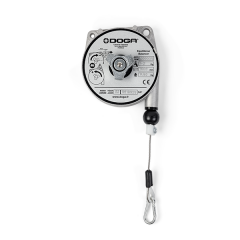
|
DOGA Tool Balancer With Lock - 2-4 kg | 2.5m Cable | Doga |
£130.00
(£156.00
inc VAT)
|
£130.00
(£156.00
inc VAT)
|
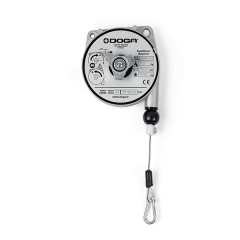
|
DOGA Tool Balancer With Lock - 4-6 kg | 2.5m Cable | Doga |
£132.00
(£158.40
inc VAT)
|
£132.00
(£158.40
inc VAT)
|
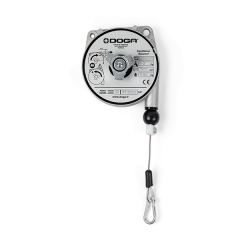
|
DOGA Tool Balancer With Lock - 6-8 kg | 2.5m Cable |
£154.00
(£184.80
inc VAT)
|
£154.00
(£184.80
inc VAT)
|
Tool Balancers
Tool balancers also known as spring balancers, power tool holders or power tool assists are designed to hold and counterbalance tools in a pre-set position making them weightless during use. The tool balancer consists of a reel containing an extendable support cable that is suspended from an overhead line or connected to a fitting in the workplace.
Filter By

